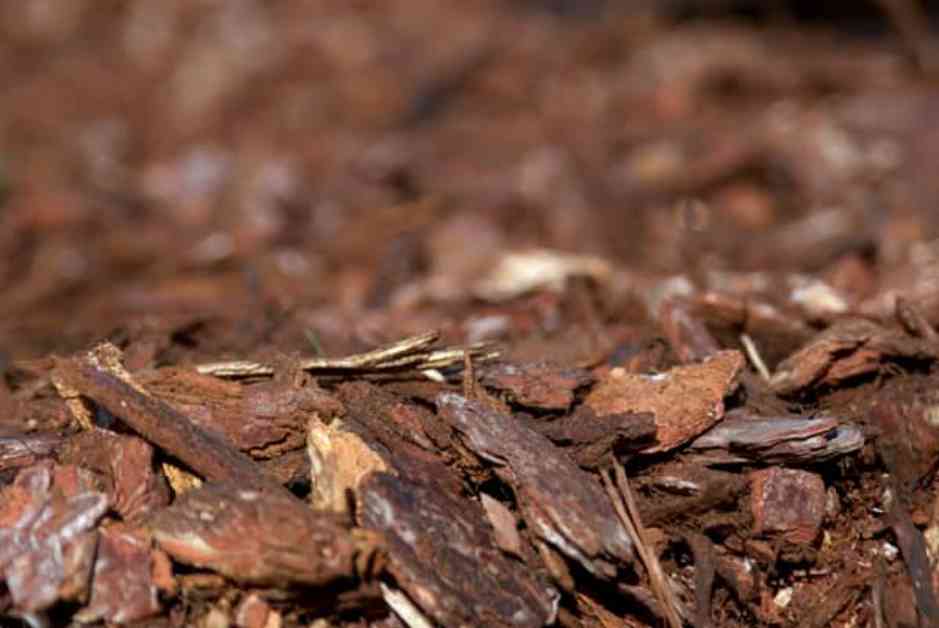In today’s world, where sustainability is becoming a cornerstone of business strategies, companies are constantly seeking innovative ways to integrate eco-friendly practices. One such method involves the use of wood chips, a simple yet versatile material, which has found applications far beyond traditional fireplaces. From enhancing culinary experiences to revolutionising packaging, wood chips are becoming an essential component in the journey towards sustainability.
Culinary applications wood chips have long been cherished in culinary circles for their ability to impart unique flavours during the smoking process. This ancient technique has seen a resurgence as people look to add depth and complexity to homemade dishes. If you’re eager to explore this method, begin by selecting the right type of wood. Different wood varieties, such as oak or hickory, can offer distinct tastes to meats and vegetables. When preparing to smoke food at home, ensure you have appropriate equipment, such as a smoker or a grill with a smoking feature. Additionally, soaking your wood chips in water for at least 30 minutes before use can prevent them from burning too quickly, allowing for a longer smoking process. Safety is paramount, so always operate your equipment in a well-ventilated area and keep a fire extinguisher nearby, just in case. For those keen on preparing homemade alcohol, wood chips can also play a role. Infusing spirits like whisky or rum with specific wood chip varieties can enhance their flavour profile, offering a bespoke touch to your creations. Simply add a small handful of chips to your alcohol and allow it to steep over time, tasting periodically until the desired flavour is achieved.
Eco-friendly packaging Beyond the realm of food, wood chips are contributing to the reduction of waste in packaging solutions. In an era where excessive plastic use is under scrutiny, businesses are turning to natural materials like wood chips for packaging that is both sustainable and effective. These chips can provide cushioning for delicate items, offering a biodegradable alternative to polystyrene or plastic fillers. The process of creating eco-friendly packaging from wood chips involves selecting the right density and size to ensure optimal protection. By doing so, companies not only reduce their carbon footprint but also appeal to environmentally conscious consumers. This shift towards sustainability can enhance brand image and foster customer loyalty, as more individuals seek products that align with their values.
Energy production and landscaping wood chips are not only confined to culinary and packaging uses; they also play a significant role in energy production and landscaping. In the energy sector, wood chips are utilised as a biomass fuel source. When burned in specialised boilers, they release energy that can be harnessed for heating or electricity generation. This process is considered carbon-neutral, as the carbon dioxide released is equivalent to that absorbed by the trees during their growth. In landscaping, wood chips serve as an excellent mulch option. They help retain soil moisture, suppress weeds, and gradually decompose, enriching the soil with nutrients. By using wood chips in gardens and public spaces, businesses and municipalities can create healthier ecosystems while reducing the need for chemical fertilisers and herbicides. As you can see, the humble wood chip holds great potential for businesses looking to adopt sustainable practices. Whether you’re experimenting in the kitchen or seeking eco-friendly packaging solutions, wood chips offer a natural and effective way to reduce waste and enhance value. For more information on how to incorporate wood chips into your sustainable practices, visit https://doitathome.co.uk/en/215-wood-chips. Embrace this versatile material and join the movement towards a greener future.




